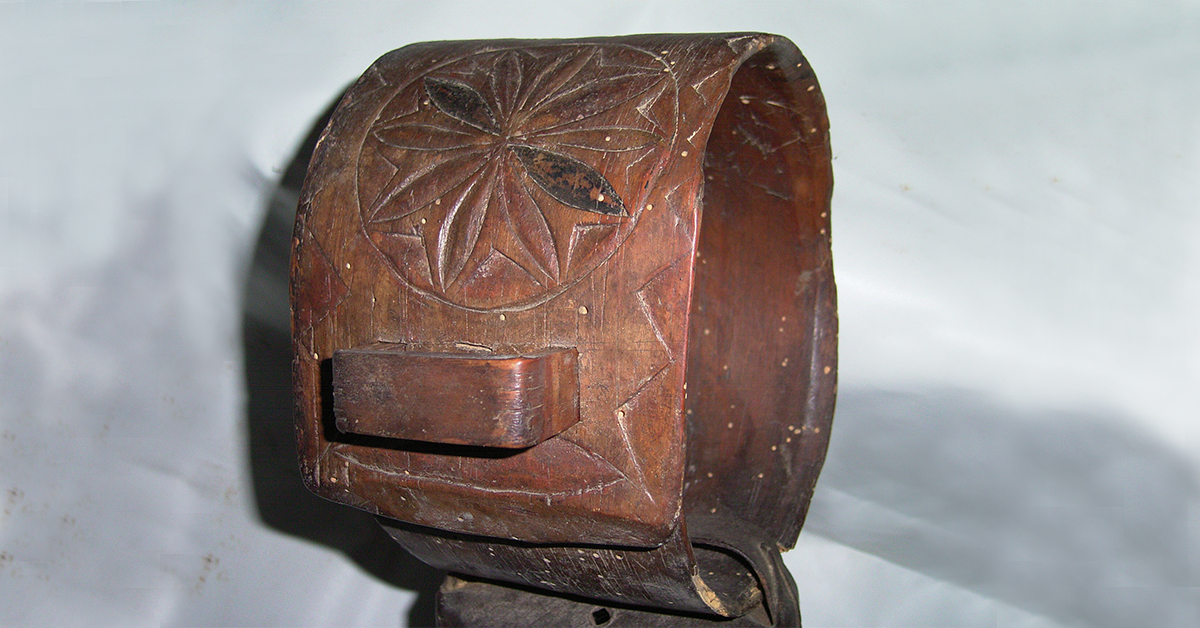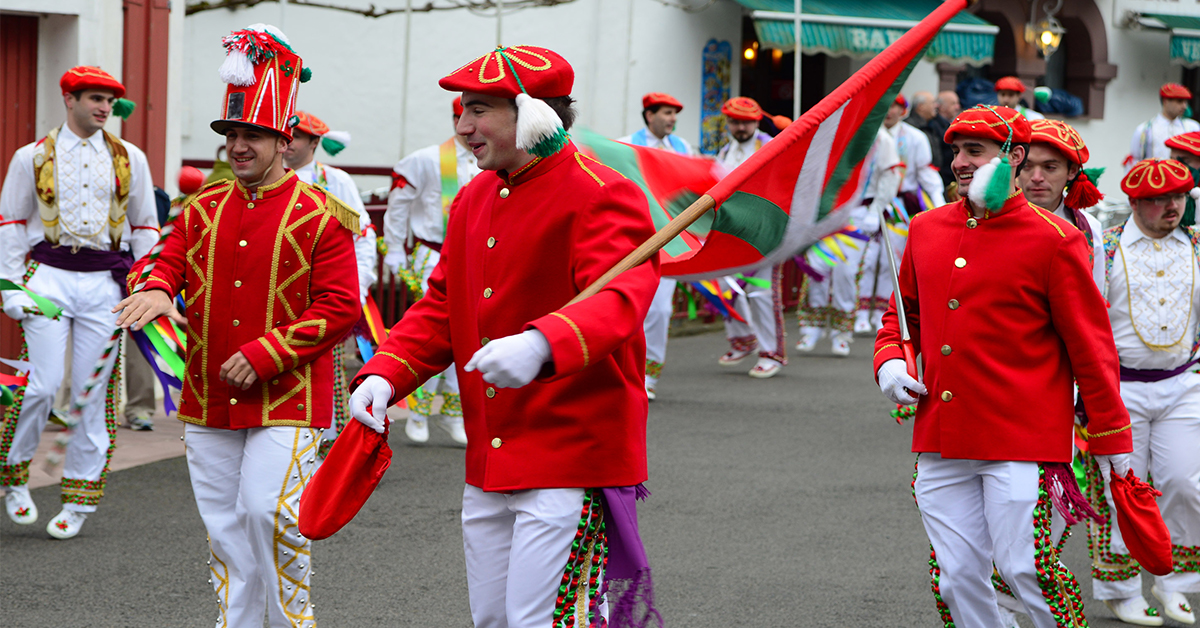Basque ethnography at a glance

Bonifacio “Fasio” Arandia and Maurizia Aldeiturriaga. Artea (Bizkaia), 28/06/1986. Photo credit: Emilio Xabier Dueñas.
The human brain and its behaviour throughout life being a rather unknown and somewhat enigmatic topic, even for scientists, it has always interested me. Adventurous in spirit as I am, I shall draw a daring critical reflection.
Our life experiences —the simple fact of living through noteworthy events which we experience first-hand— and memories, created in specific time frames, differentiate us from all other animals. Our ability to remember, is as fragile as it is selective; both physical and mental in its conception and process. And when memories cannot be brought back to mind, oblivion takes over, triggered off by senescence disorders, Alzheimer’s disease, cognitive impairment, and so on.
Summer is not over yet! And our vegetable gardens keep offering us their best fruits: runner beans, courgettes, chard, tomatoes, peppers, lettuce…
Although vegetables and fruits are generally consumed soon after harvest, both fresh or cooked, different methods might be employed to safely preserve them at home so that they can be enjoyed throughout the year, the most common food preservation techniques being: drying, preservation with sugar or vinegar, bottling, and more recently, freezing.

Polychrome bell collar from the 19th century. Ethnographic Museum of the Kingdom of Pamplona. Arteta (Nafarroa). Photo credit: Fernando Hualde.
Within the shepherding culture, within its ethnography, and especially within the craftsmanship surrounding a shepherd’s occupation, there are pieces and devices which need no introduction; quite the opposite applies to others, though, not so much because we do not know them, but because we often do not know their name. Among the latter are bell collars, so-called canablas, and also known as cañablas.
We are referring to collars which sheep, goats, cows and horses wear around their neck, and from where bells are hung so that herds can be heard, identified and located. These are pieces which tend to go unnoticed, very much unlike the truly striking and noticeable bells dangling from them. Here, in these lines, we shall focus on livestock collars made of wood by shepherds themselves, being now gradually pushed into the background by leather straps, and likely to disappear in the short or medium term.



